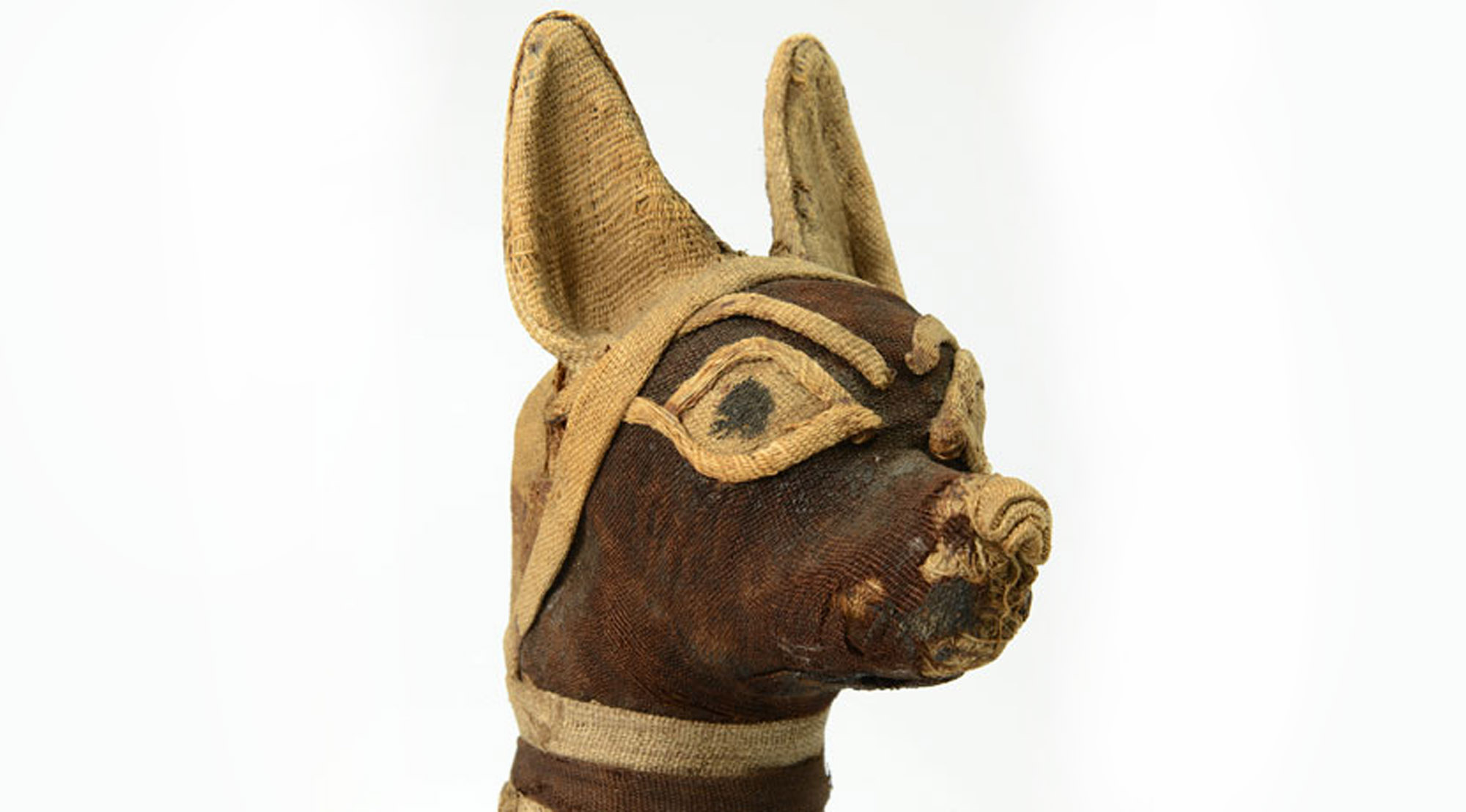Preview: Animal Mummies Revealed
The mummification of animals happened on an industrial scale in Ancient Egypt and many found their way into the lofts of Merseyside residents. Steve Lee finds out why
In Liverpool, 1890, an unusual event took place: 180,000 mummified Egyptian cats, 19.5 tons worth, were auctioned at the docks, the majority destined to be ground up and used as fertiliser on fields across Merseyside.
That’s just one of the fascinating details disclosed to visitors of Animal Mummies Revealed at the World Museum in Liverpool. Combining mummified specimens such as crocodiles, jackals, birds and cats (several survived the grinder) with cultural relics, travel journals and photographs from Egypt, the exhibition will also examine the history and future of scientific study alongside the change in attitude toward ancient artefacts.
“Until fairly recently the Egyptology department at the museum received letters from people saying ‘I think I’ve found a cat mummy in the loft,’” reveals curator Dr Ashley Cooke. “During Victorian times mummified cats or crocodiles were regarded as a nicely portable souvenir to bring back from your travels. Since 1982 there has been a total ban on bringing antiquities out of Egypt so most collections are fairly closed and when things do come up for auction they’re incredibly expensive.”
The number of animals mummified in Egypt, a tradition that began around 750BC, is mindboggling. The cat remains auctioned in Liverpool, for example, were discovered in 1888 when an Egyptian farmer fell through the ground and found himself in catacombs inhabited by several hundred thousand specimens. To this day, more and more are being discovered. “The British are still working there,” Cooke says. “Professor Paul Nicholson, from Cardiff University, recently showed me some photographs of him standing knee-deep in decayed dogs. The mummification of animals took place on a truly industrial scale.”
Specific animals were associated with specific gods in Ancient Egypt, where citizens regularly visited temples and made a donation that paid for the wrapping and burial of an animal on their behalf. The deceased creature would then act as a offering, a way of communicating between the living and the gods whilst also providing oracular powers. “Visitors would sleep overnight in a dormitory at the temple and the next day the priests would analyse their dreams. It’s quite a bizarre thing and something that’s not often talked about, so it seemed a great subject for an exhibition.”
Visitors can read the diaries of Sir William Wilde (Oscar’s father and a typically well-heeled Victorian visitor to Egypt’s tourist sites), view Florence Nightingale’s small collection of Egyptology, venture through a recreation of an ancient catacomb and see a copy of Punch magazine’s period cartoon depicting the previously mentioned Egyptian farmer suddenly confronted by a sea of zombified felines during his subterranean excursion.
Cooke says animal remains have appeared in unexpected places. “There have been instances of what are apparently human mummies containing just animal bones. But if you consider the preparation process would take around a month, and the Egyptian heat, the chances of the body getting taken by scavengers like crocodiles or jackals was quite high. Sometimes the bodies did go astray and we think the mortuary workers didn’t want to upset the deceased’s families so just put a cat or something in there instead.”
Animal Mummies Revealed is at World Museum, Liverpool, until Feb 2017 (liverpoolmuseums.org.uk)

Leave a reply
Your email address will not be published.